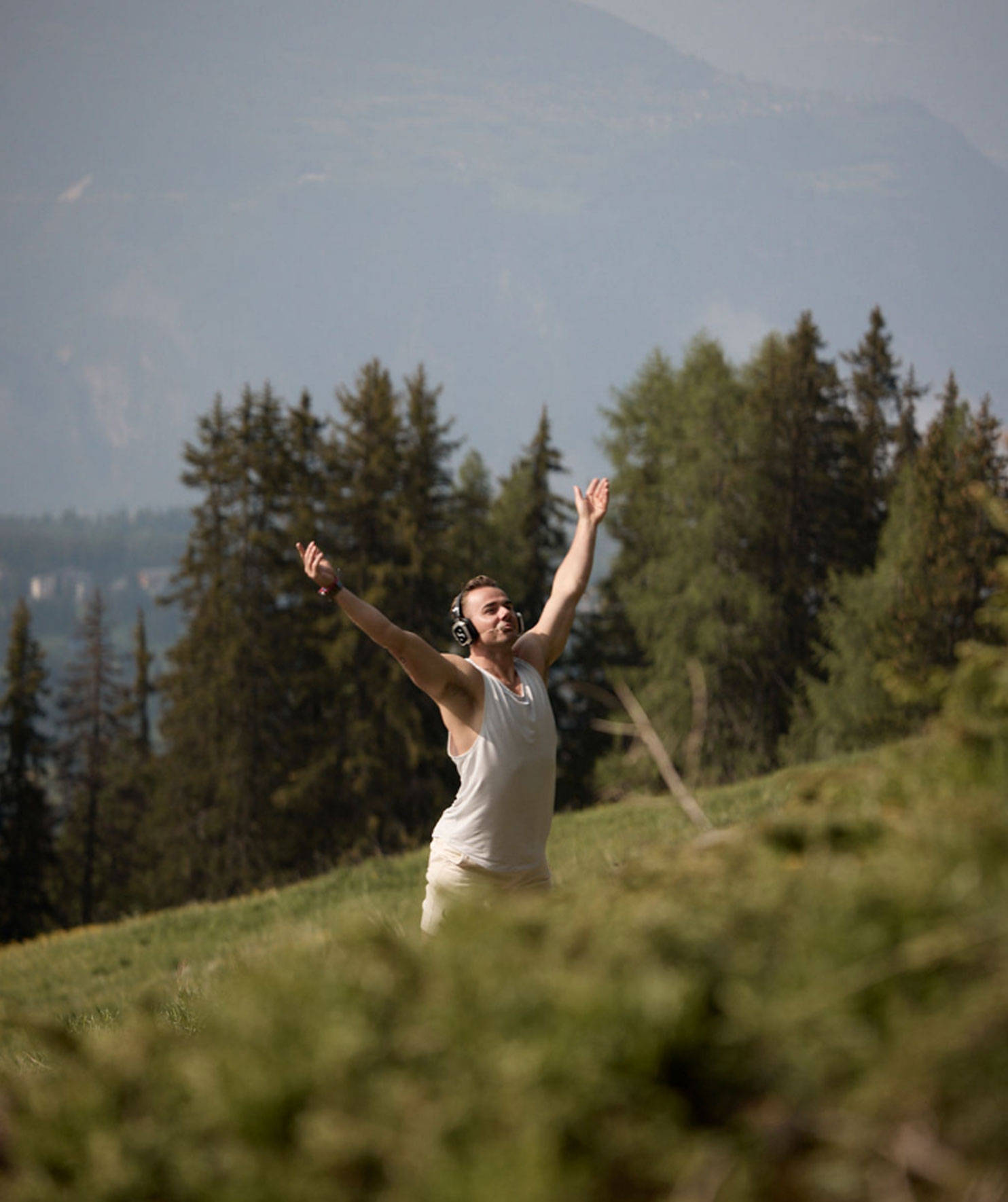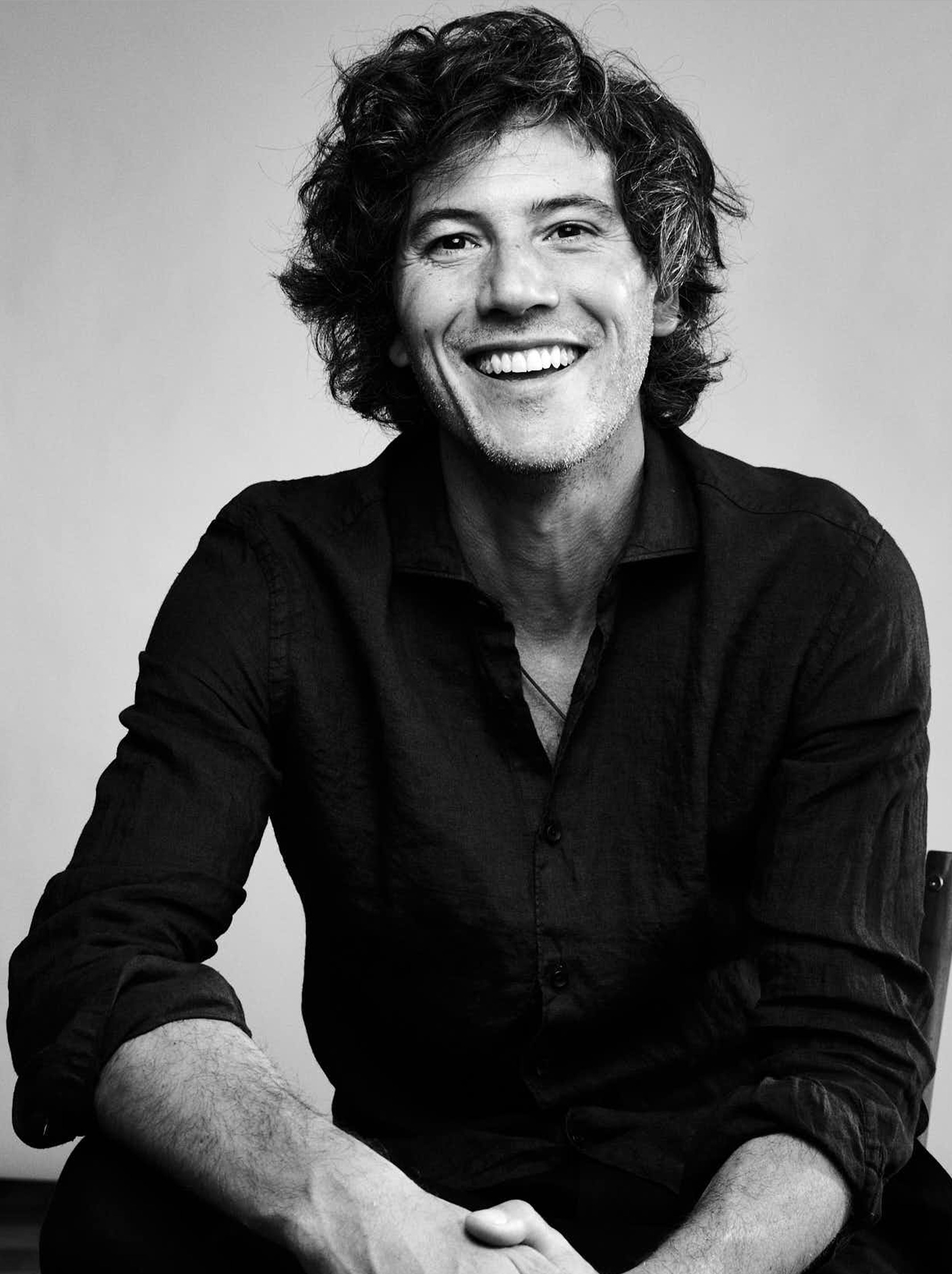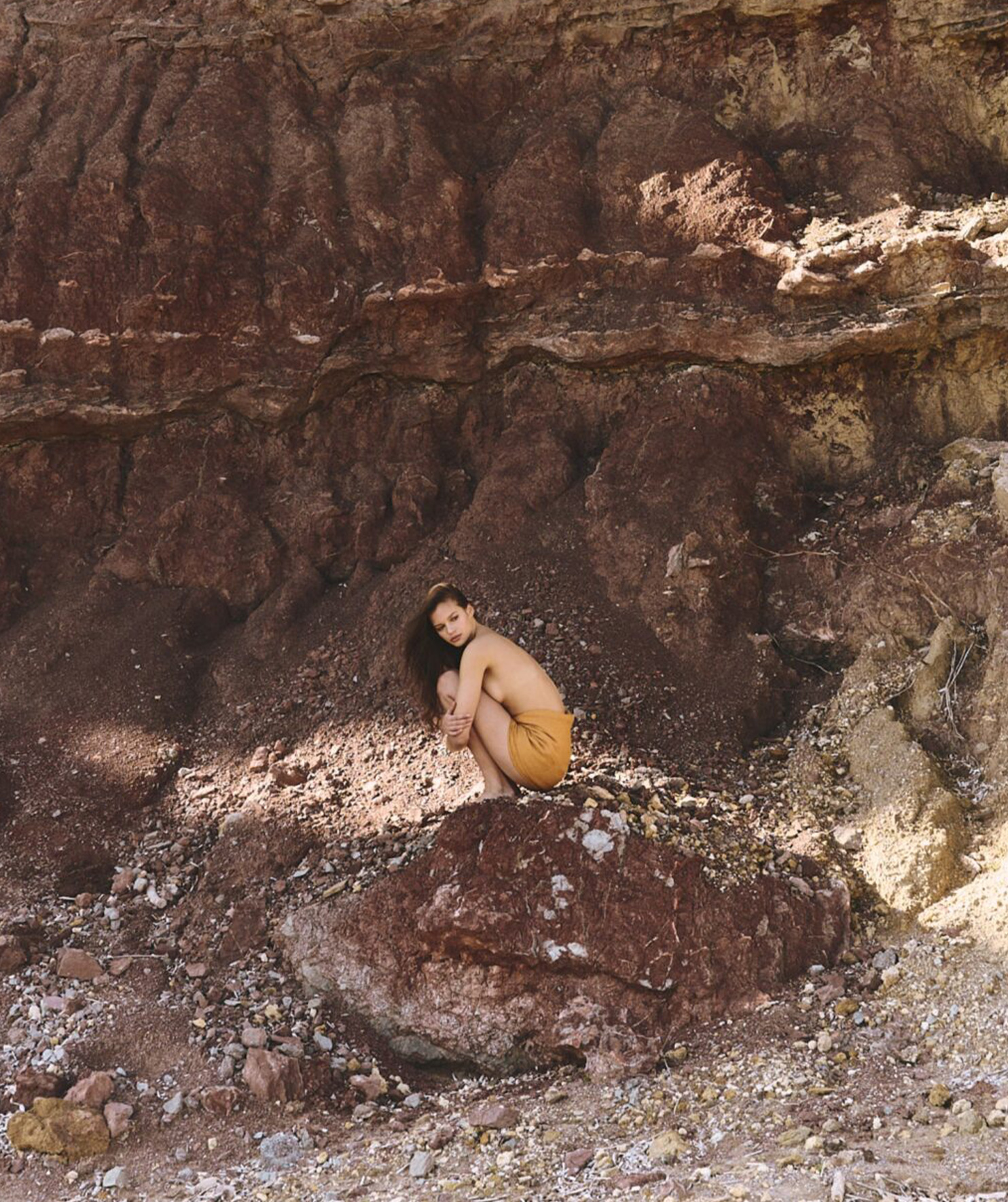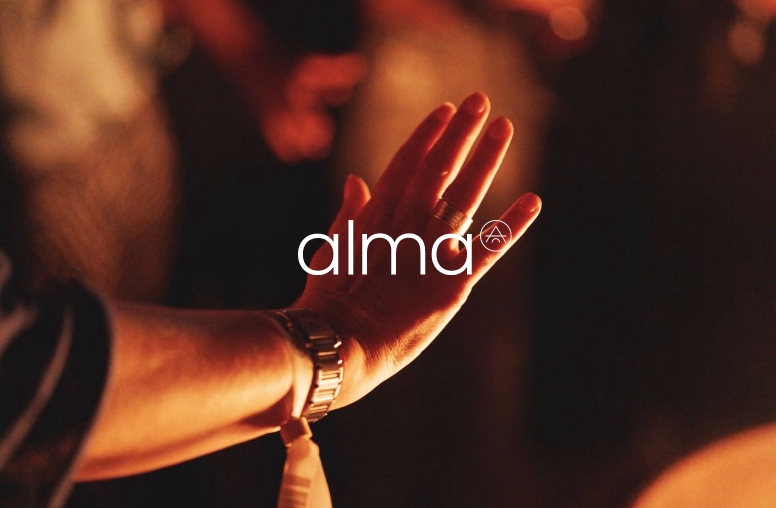Reclaiming the Sacred: A Conversation with the Founders of Sanctum
Sanctum is not your typical movement class. It’s a modern ritual, a multisensory journey that combines ancient spiritual traditions with high-intensity fitness, wrapped in powerful storytelling. We sat down with co-founders Luuk Melisse and Gabriel Olszewski to talk about the roots of the practice, its global resonance and their mission to democratize consciousness.
What is Sanctum?
Gab: Sanctum is a mindful movement community—a safe space where people can come together to release what no longer serves them and remember who they truly are. It’s an invitation to return to yourself.
You’ve created a unique blend of modalities—from kundalini and tai chi to martial arts and somatic release—all set to high-intensity music. What inspired this hybrid approach?
Luuk: My background as a dancer and teacher brought me into contact with a variety of movement disciplines. I found myself traveling the world, piecing together different practices in search of something whole. Eventually, we asked: What if we bring all these elements together? What happens when we merge ancient wisdom with contemporary techniques? Can we create a single, transformative practice—and in doing so, democratize an elevated state of consciousness?
Gab: Practices like Kundalini, Qigong, Tai Chi, and somatic work are incredibly powerful, but they can feel intimidating—especially to people coming from urban, fast-paced lives. You hear “spiritual” or “esoteric” and think, that’s not for me.We wanted to shift that narrative. At Sanctum, there’s a constant dance between modern and mystical, between the known and the unknown. That contrast is essential—and it makes the work more accessible.
How do you ensure that participants feel safe enough to experience emotional release, without needing to over-explain the philosophy behind it?
Luuk: We believe in the power of experience over explanation. Sanctum is built on ancient philosophies, but we don’t lecture about them. We let people feel them. The moment you put on your headphones, you step into a portal—into a safe space where you can express and release. There’s something magical about hearing your own voice, your own breath, even your own screams through the headphones—sounds you’d never let out in a traditional setting. And music is key. It becomes the heartbeat of the experience, a kind of alchemy that moves people into deeper layers of themselves.
Gab:And we honour imperfection. So much of the fitness world is obsessed with control: how you look, how many calories you burn, how perfect your form is. At Sanctum, none of that matters. We want you to show up as you are—raw, real, unfiltered. We’ve had teenagers and 80-year-olds in the same class. Some people haven’t moved their bodies in decades. But they show up. That’s the magic.
“Our mission is rooted in the idea that everyone deserves to feel this kind of expanded consciousness—that sense of deep presence and connection. It’s not about us. It’s about a collective awakening.”
“Our mission is rooted in the idea that everyone deserves to feel this kind of expanded consciousness—that sense of deep presence and connection. It’s not about us. It’s about a collective awakening.”
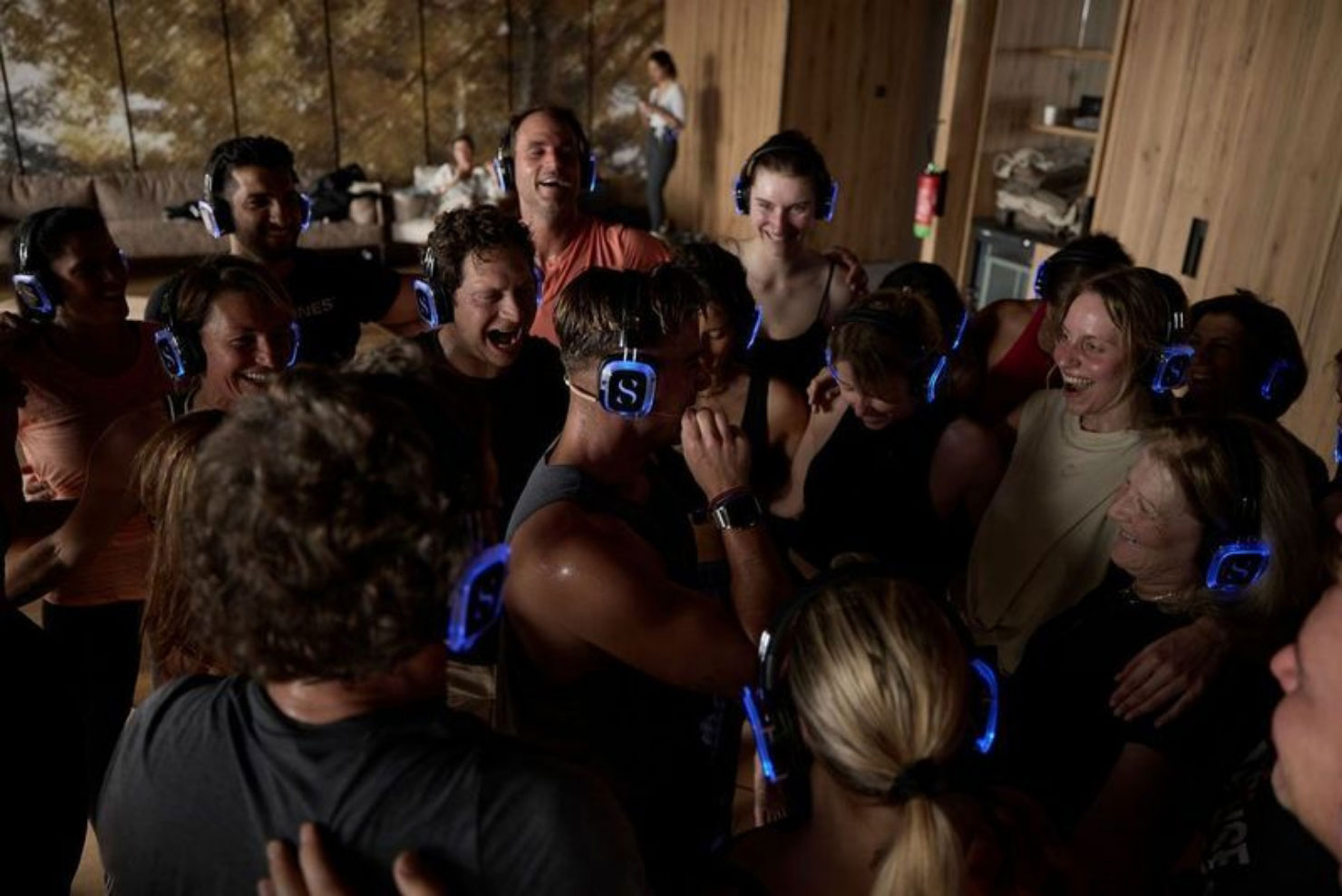
You host classes in some truly striking locations—beaches, ancient ruins, mountaintops. How do you maintain a sense of community when Sanctum is so fluid and nomadic?
Luuk: I’d start by saying that the biggest illness of our time is disconnection. Sanctum exists to restore connection—within ourselves, between each other, and to something greater. We never set out to create just another studio or class. From the beginning, this has been about sacred connection.
That ethos threads through everything we do, from the locations we choose to the way we gather people. We use social media, personal invitations, and word-of-mouth—but the real connection happens in the class itself. The headphones help. They’re paradoxical: you’re immersed in your own world, yet completely connected to the collective.
Storytelling is another pillar. When I train new guides, I always say: The Sanctum experience is a story supported by a class—not a class supported by a story. Each session has a unique theme—something that resonates universally, like detachment or the four stages of personal evolution. We weave that story into the movement. It becomes a living narrative.
Looking ahead, what’s your vision for Sanctum over the next five years? Are there new practices or destinations you’re dreaming into being?
Gab: Our mission is rooted in the idea that everyone deserves to feel this kind of expanded consciousness—that sense of deep presence and connection. It’s not about us. It’s about a collective awakening.
Right now, we have a presence in Amsterdam, London, and Dubai, and we continue to host experiences around the world in breathtaking natural and cultural locations. But we’re just getting started. We’re actively expanding into new cities, and we’ve been pouring our energy into a digital platform that will make Sanctum accessible to anyone, anywhere, at any time.
It’s time for this work to go global—not because of ego, but because the world is ready.
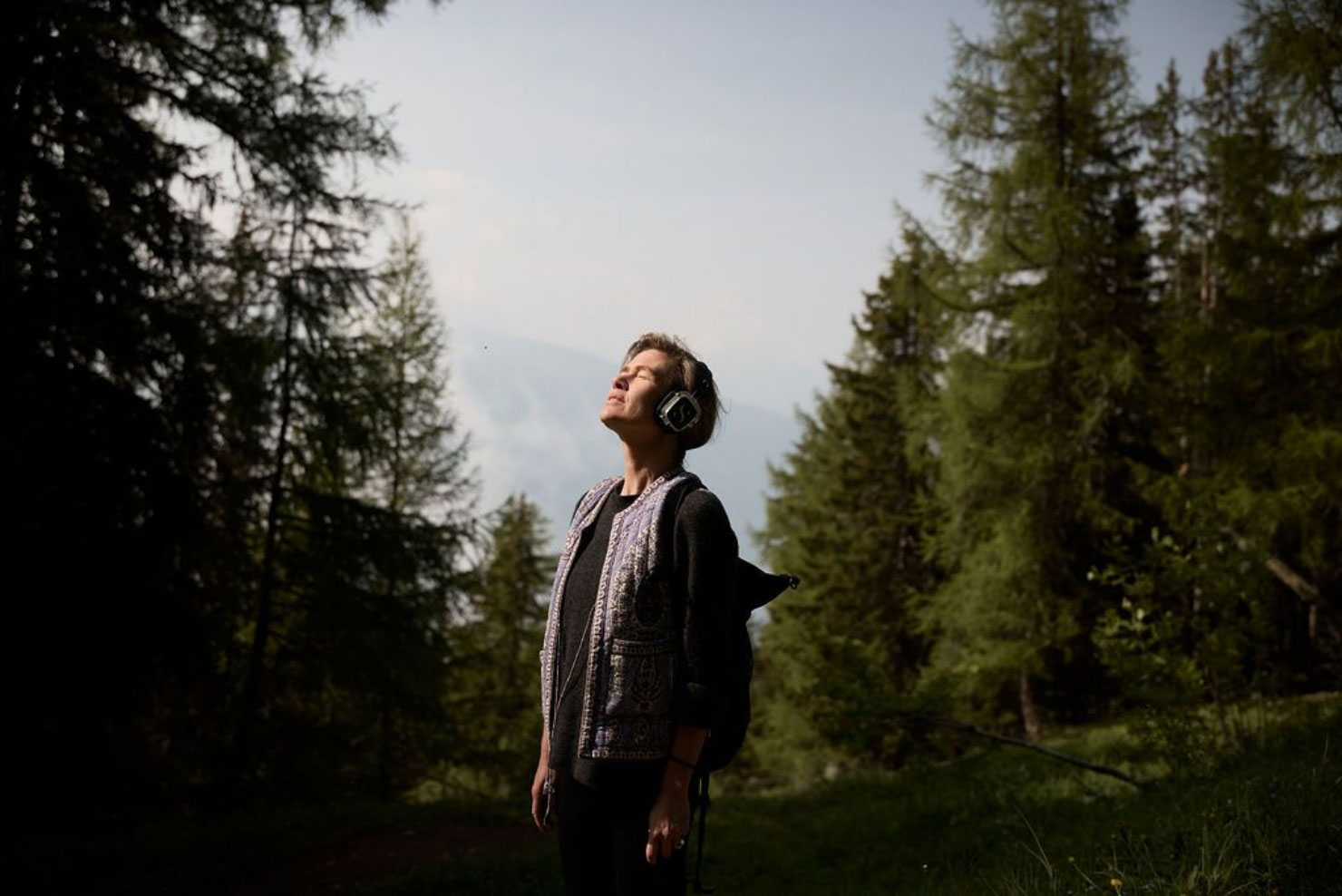
To learn more or experience Sanctum for yourself, visit wearesanctum.com
or follow them on Instagram @wearesanctum.
What is Sanctum?
Gab: Sanctum is a mindful movement community—a safe space where people can come together to release what no longer serves them and remember who they truly are. It’s an invitation to return to yourself.
You’ve created a unique blend of modalities—from kundalini and tai chi to martial arts and somatic release—all set to high-intensity music. What inspired this hybrid approach?
Luuk: My background as a dancer and teacher brought me into contact with a variety of movement disciplines. I found myself traveling the world, piecing together different practices in search of something whole. Eventually, we asked: What if we bring all these elements together? What happens when we merge ancient wisdom with contemporary techniques? Can we create a single, transformative practice—and in doing so, democratize an elevated state of consciousness?
Gab: Practices like Kundalini, Qigong, Tai Chi, and somatic work are incredibly powerful, but they can feel intimidating—especially to people coming from urban, fast-paced lives. You hear “spiritual” or “esoteric” and think, that’s not for me.We wanted to shift that narrative. At Sanctum, there’s a constant dance between modern and mystical, between the known and the unknown. That contrast is essential—and it makes the work more accessible.
How do you ensure that participants feel safe enough to experience emotional release, without needing to over-explain the philosophy behind it?
Luuk: We believe in the power of experience over explanation. Sanctum is built on ancient philosophies, but we don’t lecture about them. We let people feel them. The moment you put on your headphones, you step into a portal—into a safe space where you can express and release. There’s something magical about hearing your own voice, your own breath, even your own screams through the headphones—sounds you’d never let out in a traditional setting. And music is key. It becomes the heartbeat of the experience, a kind of alchemy that moves people into deeper layers of themselves.
Gab:And we honour imperfection. So much of the fitness world is obsessed with control: how you look, how many calories you burn, how perfect your form is. At Sanctum, none of that matters. We want you to show up as you are—raw, real, unfiltered. We’ve had teenagers and 80-year-olds in the same class. Some people haven’t moved their bodies in decades. But they show up. That’s the magic.
“Our mission is rooted in the idea that everyone deserves to feel this kind of expanded consciousness—that sense of deep presence and connection. It’s not about us. It’s about a collective awakening.”
“Our mission is rooted in the idea that everyone deserves to feel this kind of expanded consciousness—that sense of deep presence and connection. It’s not about us. It’s about a collective awakening.”

You host classes in some truly striking locations—beaches, ancient ruins, mountaintops. How do you maintain a sense of community when Sanctum is so fluid and nomadic?
Luuk: I’d start by saying that the biggest illness of our time is disconnection. Sanctum exists to restore connection—within ourselves, between each other, and to something greater. We never set out to create just another studio or class. From the beginning, this has been about sacred connection.
That ethos threads through everything we do, from the locations we choose to the way we gather people. We use social media, personal invitations, and word-of-mouth—but the real connection happens in the class itself. The headphones help. They’re paradoxical: you’re immersed in your own world, yet completely connected to the collective.
Storytelling is another pillar. When I train new guides, I always say: The Sanctum experience is a story supported by a class—not a class supported by a story. Each session has a unique theme—something that resonates universally, like detachment or the four stages of personal evolution. We weave that story into the movement. It becomes a living narrative.
Looking ahead, what’s your vision for Sanctum over the next five years? Are there new practices or destinations you’re dreaming into being?
Gab: Our mission is rooted in the idea that everyone deserves to feel this kind of expanded consciousness—that sense of deep presence and connection. It’s not about us. It’s about a collective awakening.
Right now, we have a presence in Amsterdam, London, and Dubai, and we continue to host experiences around the world in breathtaking natural and cultural locations. But we’re just getting started. We’re actively expanding into new cities, and we’ve been pouring our energy into a digital platform that will make Sanctum accessible to anyone, anywhere, at any time.
It’s time for this work to go global—not because of ego, but because the world is ready.

To learn more or experience Sanctum for yourself, visit wearesanctum.com
or follow them on Instagram @wearesanctum.
DON’T MISS
